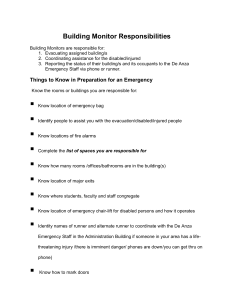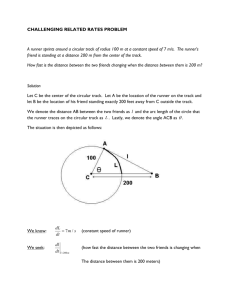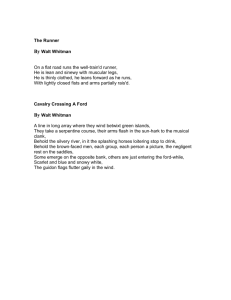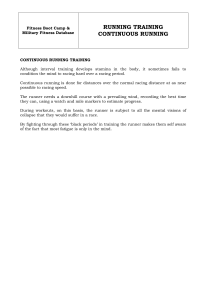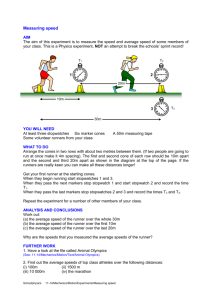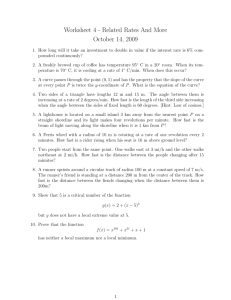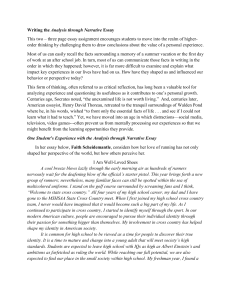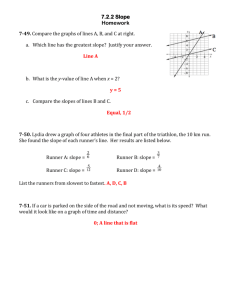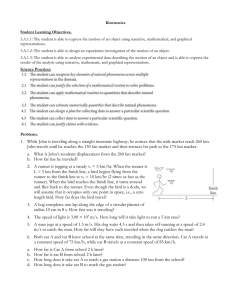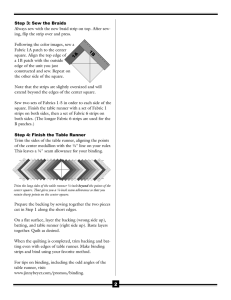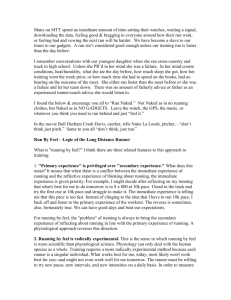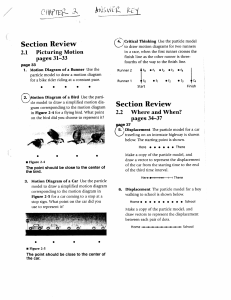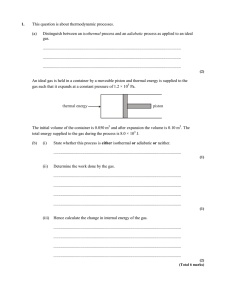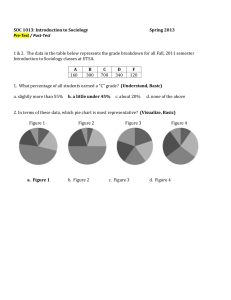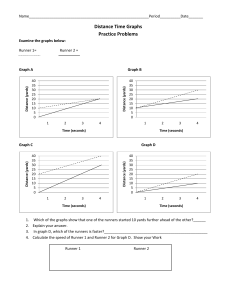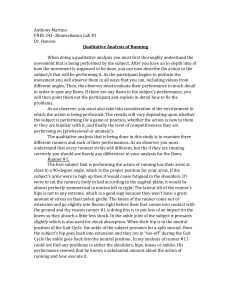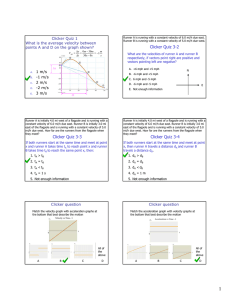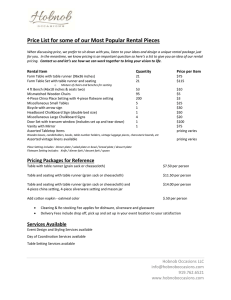Experiment Design: Running Shoes
advertisement
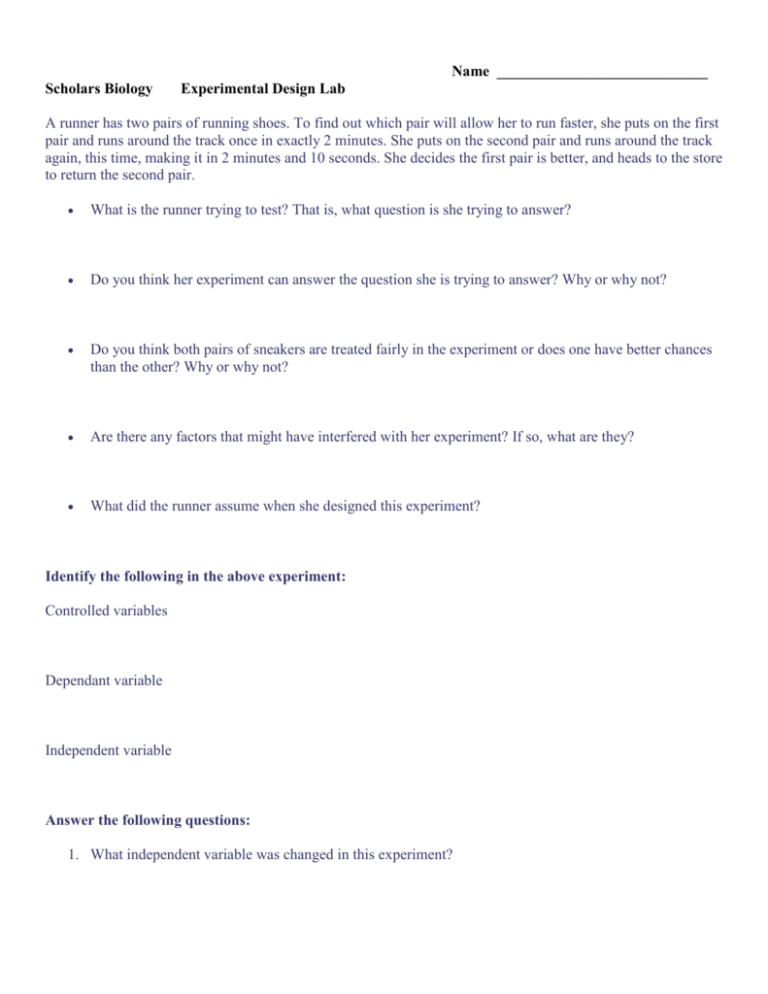
Name ____________________________ Scholars Biology Experimental Design Lab A runner has two pairs of running shoes. To find out which pair will allow her to run faster, she puts on the first pair and runs around the track once in exactly 2 minutes. She puts on the second pair and runs around the track again, this time, making it in 2 minutes and 10 seconds. She decides the first pair is better, and heads to the store to return the second pair. What is the runner trying to test? That is, what question is she trying to answer? Do you think her experiment can answer the question she is trying to answer? Why or why not? Do you think both pairs of sneakers are treated fairly in the experiment or does one have better chances than the other? Why or why not? Are there any factors that might have interfered with her experiment? If so, what are they? What did the runner assume when she designed this experiment? Identify the following in the above experiment: Controlled variables Dependant variable Independent variable Answer the following questions: 1. What independent variable was changed in this experiment? 2. What were some of the controlled variables that should have stayed the same? 3. Did all the controlled variables actually stay the same? If not, how could they affect the experiment? 4. Was there a control group in the experiment? If so, what was it? If not, should there have been one? Why or why not? 5. What was the dependent variable in this experiment? 6. In a successful experiment, the dependent variable must change based solely on changes in the independent variable. Is this the case with the runner’s experiment: Did the dependent variable change based solely on the independent variable or were other variables possibly involved? 7. Based on what you know, was the runner’s experiment successful? Do you think she made a fair decision about which shoes to keep? Why or why not? Redesign the experiment so it is a valid test of the problem.
